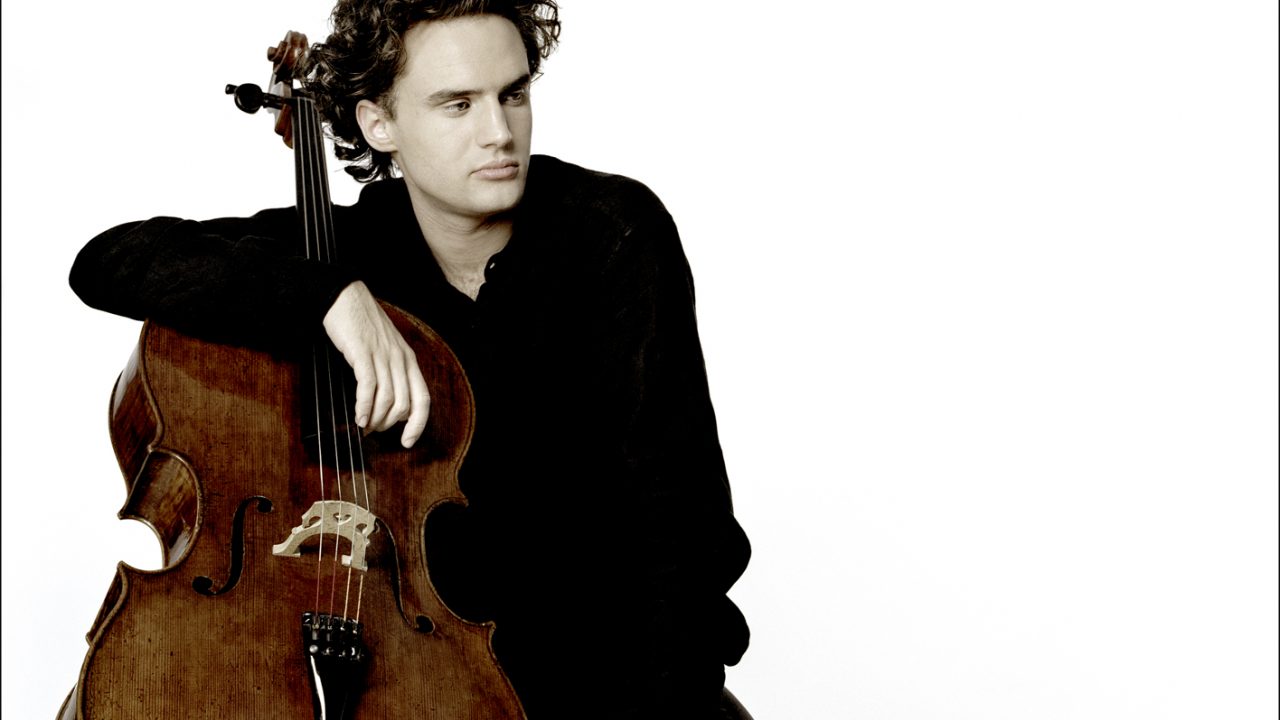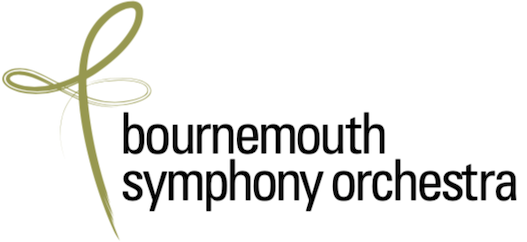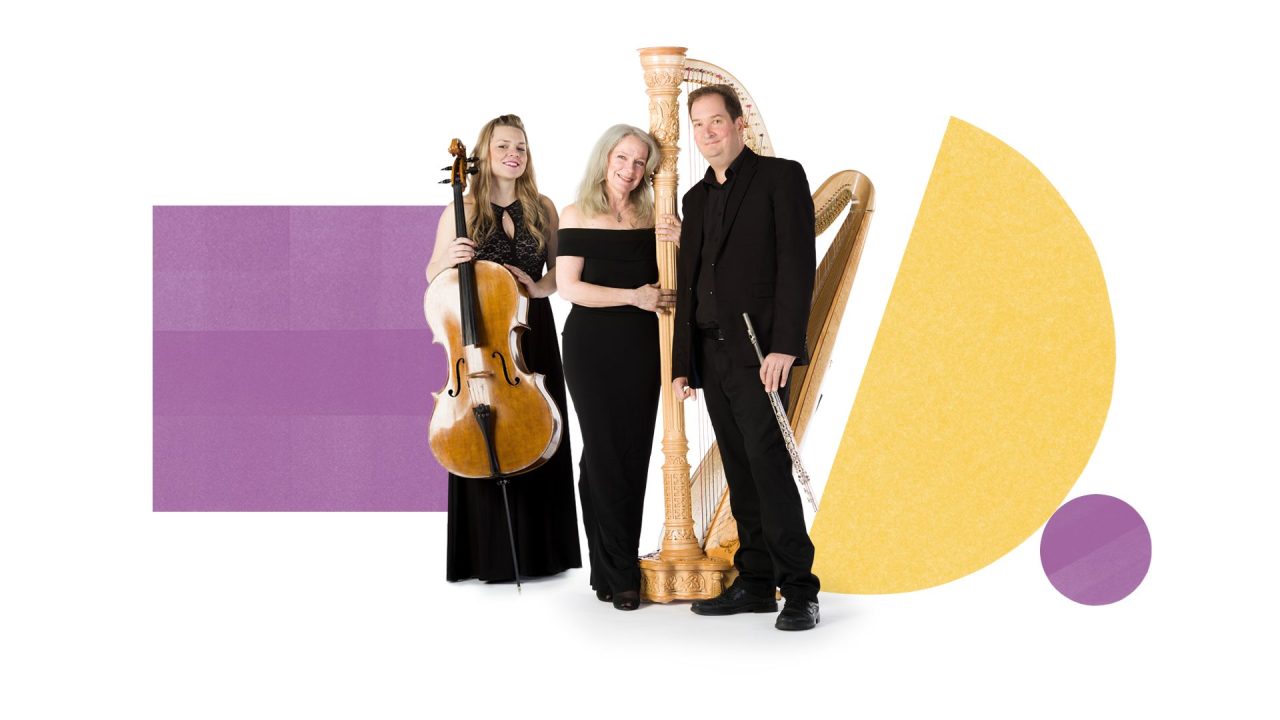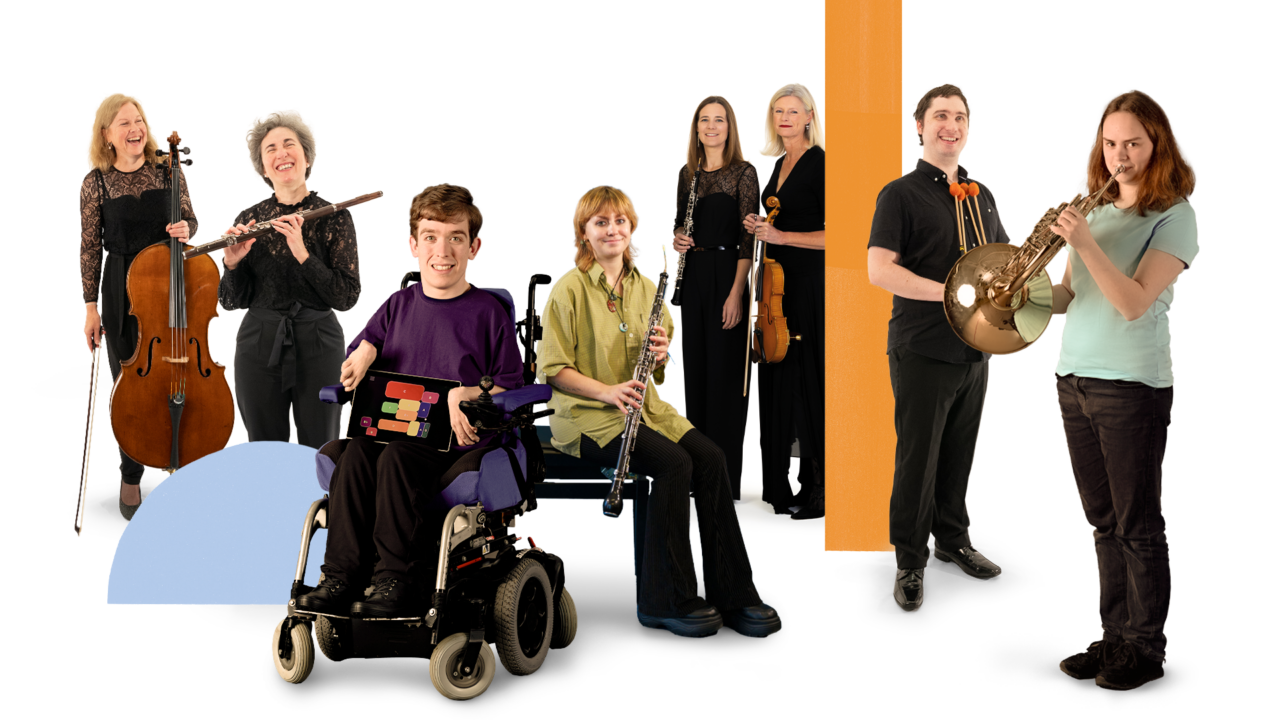Mendelssohn’s impressions of the “comfortless, inhospitable solitude” of a Scottish walking holiday were the inspiration behind this stirring and dramatic symphony. Its haunting recurring theme came to the young composer as he explored the ruined chapel at Holyrood Palace. Rather than a tonal travelogue, it is more an atmospheric portrait of the country – a work of deep sensibility and manly melancholy that grew from the emotions that the stern Scottish landscape and history engendered in him.
Elements of both Dvořák’s American experiences and his longing for home found their way into the Cello Concerto. Perhaps the greatest of all cello concertos, described as a “hymn of deepest spirituality and amazing beauty” it contains a wealth of melodic ideas and glowing orchestration. Special importance is given to the winds, their tone colours serving as an excellent foil to the richness of the cello. Smetana’s energetic overture is a thrilling romp which sets the mood for the comedy to follow. The distinct rhythms and inflections of the Czech language and Czech folk dances form an important part of the style of the music, giving the orchestra a chance to show off its virtuosity until it races to a brilliant conclusion.
Works and composers
Gallery






